2023 Toyota Prius Prime Review: Killer commuter
Ever since it came to North America, but especially since its second generation in 2004, the Prius has dared to be different. It was Toyota’s first hybrid and the car that defined the brand in the 2000s. Its styling was clearly shaped in a wind tunnel, simultaneously futuristic and dowdy.
The Prius was the car for people who didn’t want a typical car. It was quirky, with its own brand of anti-styling, but that was sort of the point. With the latest ground-up redesign for 2023, it looks … kinda good! Even if you don’t love it, the new digs are cleaner, sleeker, and still distinctive.

When it first debuted as a 2012 model, the new plug-in hybrid version of Toyota’s third-generation Prius had just 11 miles of all-electric range. For its next iteration, this time called Prius Prime (2016 model), EV range grew to 25 miles. To better distinguish it from ordinary hybrids, the Prime got unique front and rear fascias as well as a swoopy new backlight. It was a somewhat out-there design variant of an already strange-looking fourth-generation Prius.
The 2023 Prius Prime falls back in line with the appearance of the standard Prius, which is fine by us; the hybrid’s sleek new look is one of the most refreshing (and frankly, surprising) designs of the year. But how does this plug-in hybrid drive? We attended a two-day media event in Carlsbad, California, to find out, spending time behind the wheel on both highways and canyon backroads.
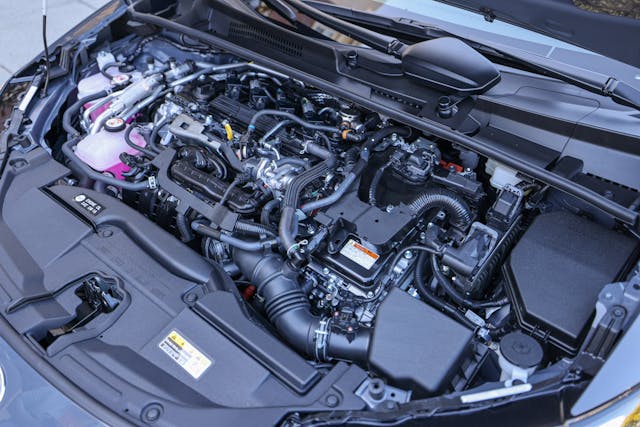
For 2023, both the Prius and Prius Prime are all-new, sharing a 2.0-liter inline-four gasoline powerplant that produces 150 hp. While the standard Prius uses either a 111-hp electric motor in its front-drive configuration or a 40-hp electric motor in the rear in all-wheel-drive form, the Prime pairs its gas engine with a 161-hp front electric motor for a combined 220 hp. (All-wheel drive is not available for the Prius Prime.)
You probably notice that the Prime’s total power output doesn’t match the sum of max output from the gas engine and front motor. That’s typical for hybrids that strive for efficiency; rather than having 311 hp scratching at the pavement through two 195/50R19 all-season tires, the Prime relies on its electric power to assist the Atkinson-cycle four-cylinder for sure-footed acceleration. In other situations, the electric motor can power the car on its own. The Prime’s electric motor is fed by a 13.6 kWh lithium-ion battery that can be charged at home with either a 12-amp, 120-volt, or a 16-amp, 240-volt circuit.

For some context, Toyota kept a previous generation Prius Prime on hand to drive back-to-back with the new model. The contrast was stark, and we’re not talking just about the literal contrast of the infotainment screen. The touchscreen in the previous Prius responded promptly, but the angle of the screen and its coating, presumably designed to reduce glare, washed out the whole display. The new car is, thankfully, much better in that regard.
If the previous Prime had any advantage, it was the abundance of 10-gallon-hat headroom. So much that it was genuinely confusing. Who needed this much headroom? It seemed more like a strangely packaged minivan than a car. The new Prius is cozier but still functional. At six feet three inches tall, I had the driver’s seat placed near the back of its travel and still had space. I could even sit behind the driver seat when it was adjusted for me, although at that point the seat did begin to encroach on knee room. A rear-seat passenger of my height, however, did have to settle down into the slightest of a slouch to keep from brushing the headliner.
I spoke to a current Prius Prime owner, my sister, who specifically asked about the rear seats. She reported that the previous Prime had an odd headrest geometry for the second row that made it less than comfortable. I noticed no such ergonomic issue in the current car. With just a cursory test we found that the back seats should be perfectly fine for most passengers, with only taller occupants finding things a bit cramped on a long road trip.
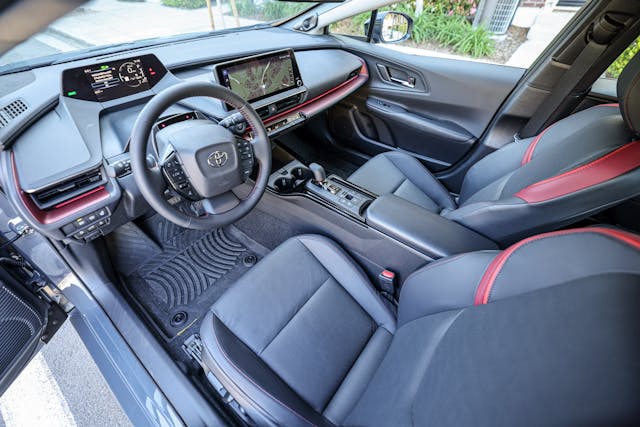
The most shocking disparity behind the wheel is how much more refined the 2023 Prime is compared with its predecessor. The new car is quieter, the engine noise is more isolated from the cabin, and the ride and handling are more refined—sure-footed like a middle-of-the-road midsize car rather than an economy-conscious fuel-sipper. The previous Prime’s tires, too, would protest with unhappiness under any kind of cornering load; even modest steering angle brought a quiet but noticeable chorus of humming from the tires. The new Prime just drives on, dutifully performing the tasks one asks of it.
Step on the accelerator and the new Prime is far more enthusiastic, as you’d expect with an extra 100 hp, and it pulls away from stoplights with surprising authority. Toyota says 0-60-mph sprints are handled in 6.6 seconds, which is not bad at all and roughly how quick an F-150 SVT Raptor did the deed back in 2011.

Specs: 2023 Toyota Prius Prime XSE Premium
• Price: $33,445 / $40,265 (base/as-tested)
• Powertrain: 2.0-liter DOHC Atkinson-cycle inline-four/161-hp permanent magnet AC synchronous motor
• Horsepower: 150 hp @ 6000 rpm (gas engine), 220 hp combined with hybrid boost
• Layout: Front-wheel-drive, four-door, five-passenger hatchback
• EPA-Rated Fuel Economy: 50/47/48 mpg (city/hwy/combined)
• Electric range: 39 miles (84 mph max)
• 0-60 mph: 6.6 seconds
• Competitors: Hyundai Ioniq PHEV (ended production 2022), Kia Niro PHEV
What It Does Well
For those that want to drive something that looks different, the Prius still achieves that goal. With 44 miles of EV range for the SE model (39 miles for the XSE Premium we drove), the Prius Prime could suffice for all-electric commutes for a huge contingent of Americans, saving its gasoline engine for longer weekend trips. When the all-electric range runs out, the Prime acts like a totally normal car, albeit still providing a smooth, quiet ride. We asked Toyota how a seldom-used gasoline powerplant would factor into routine maintenance, and Toyota says that service intervals will be set by region.

Changes We’d Make
The 2023 Prius Prime does make some tradeoffs compared with its predecessor. Combined fuel economy is down from 54 mpg combined to 52 mpg combined (SE model). However, that slight downgrade will likely be worth it considering the improved performance that will make itself felt in daily driving, although the average buyer will likely be more thrilled with nearly double the electric-only range. And as much as we like the sleek new roofline, it does reduce rear headroom a bit. The front half of the car might lend itself nicely to a taller hatchback rear, creating a wagon like the old Prius V to return even more space.

Who’s it For?
Toyota, usually one of the more conservative automakers in terms of strategy, took some big risks with this generation of its beloved Prius. However, with plenty of other hybrid Toyotas on the market now, the grandfather of hybrids may finally have some room to differentiate itself. That combination of emissions-free range, a gas engine that allows for up to 600 miles on a tank with a full battery, and attractive styling is sure to lure in city and suburban drivers not quite ready to make the leap to an EV.
2023 Toyota Prius Prime
Price: $33,445 / $40,265 (base/as-tested)*
Highs: Smooth ride, plenty of power, and sleek styling. Much improved EV range.
Lows: Slightly less roomy than its predecessor, busy instrument panel.
Takeaway: A near faultless commuter with useful EV range, good looks, and a trusted Toyota badge.
*The Prius Prime starts at $33,445, with the range-topping XSE Premium starting at $40,265. Cars should start arriving at dealerships this May.
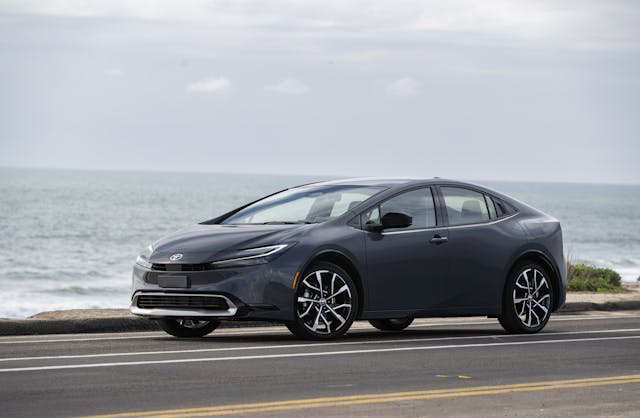
***
Check out the Hagerty Media homepage so you don’t miss a single story, or better yet, bookmark it. To get our best stories delivered right to your inbox, subscribe to our newsletters.

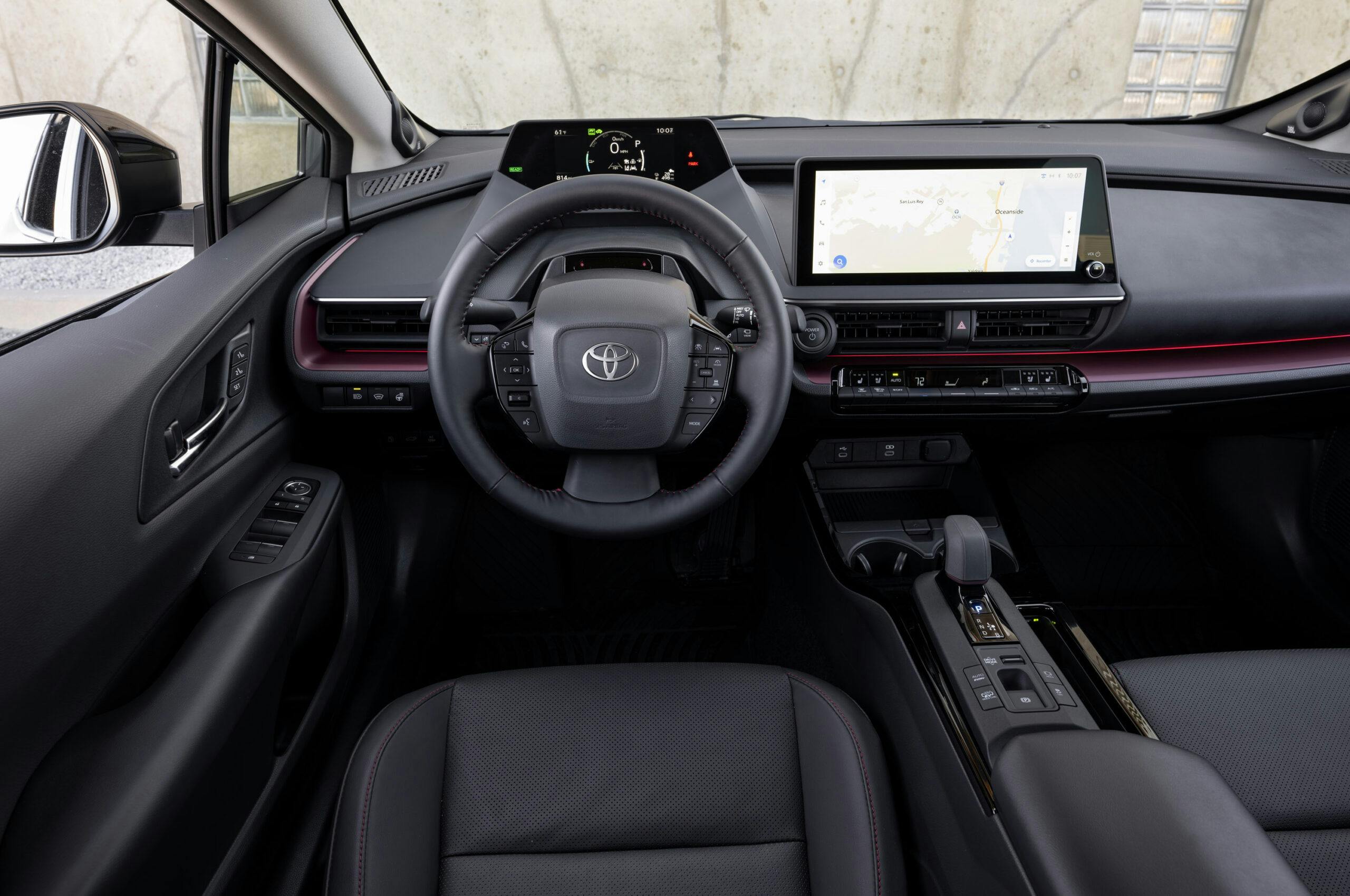
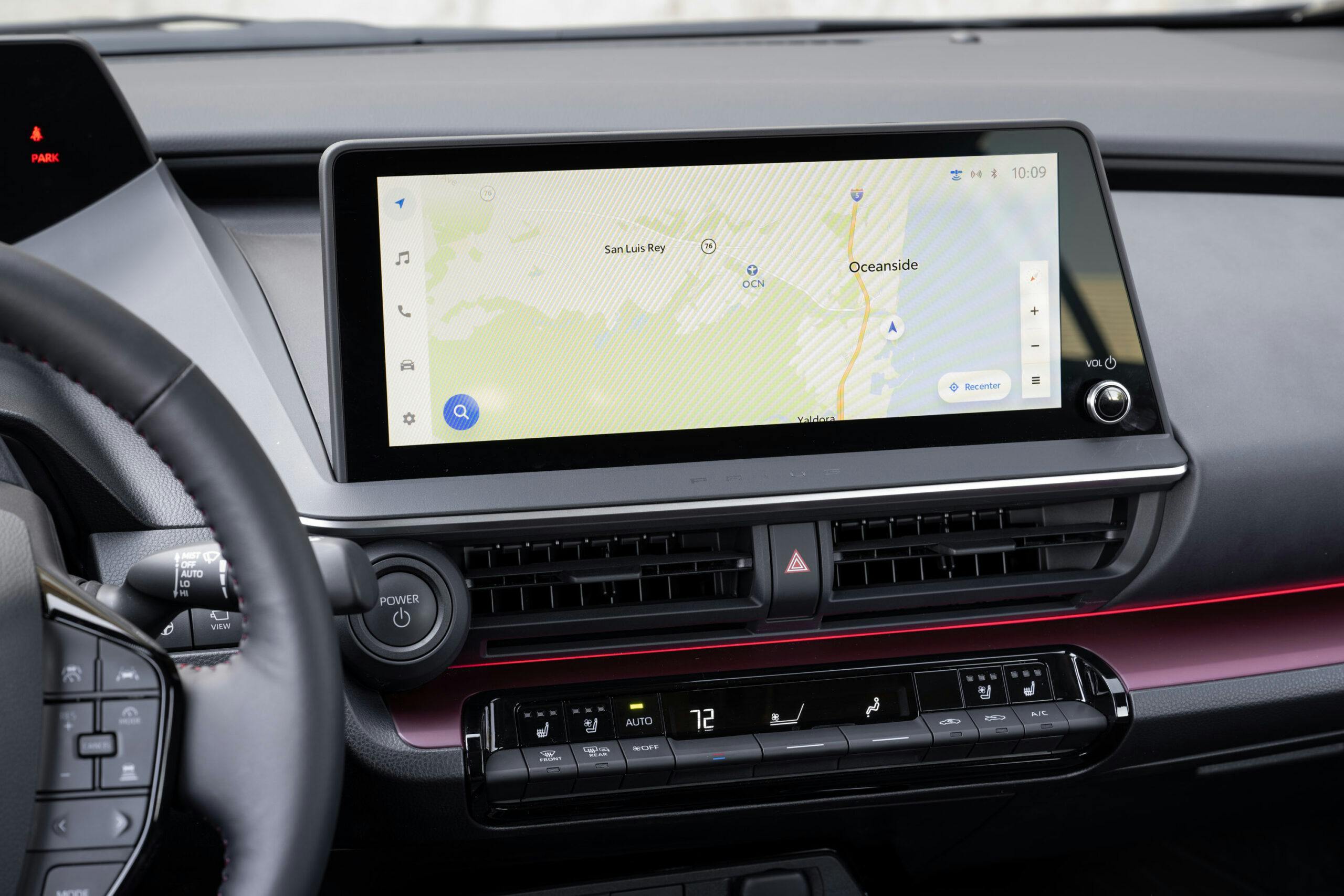

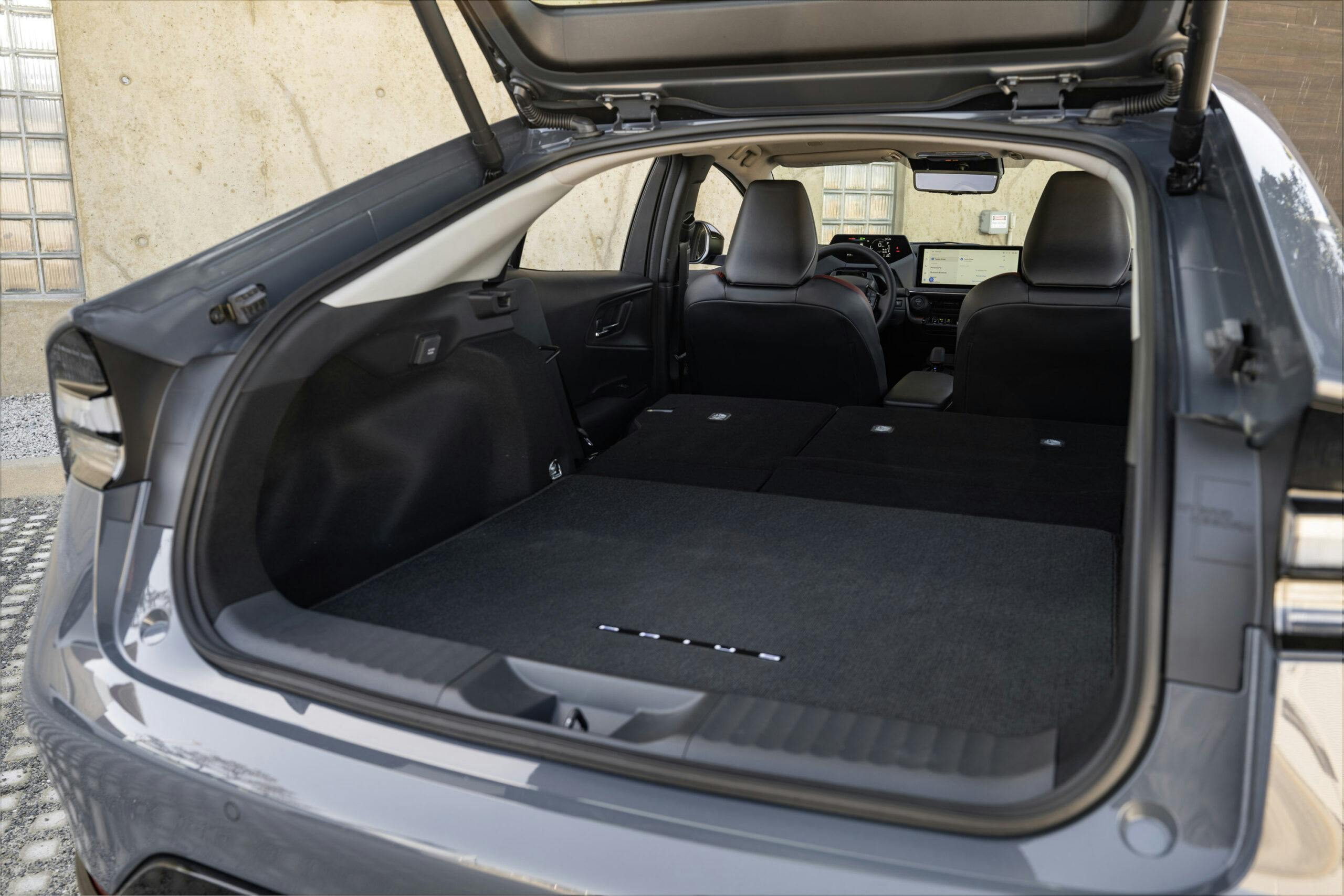


It certainly looks better. If I did a Prius I wouldn’t bother with the plug-in and just get the non-Prime model.
I’m still with Jeremy Clarkson on the Prius: “dreadful automobile”.
Why? This new one seems so much better in almost every way.
I own a 2022 Prius prime and have already put 47000km worn NO problems at ALL
I am already looking to order the all wheel drive due to the realability of Toyota products
Headed in the right direction. Not crazy about the price though. I thought the Prius was an affordable economy car. $40k isn’t that.